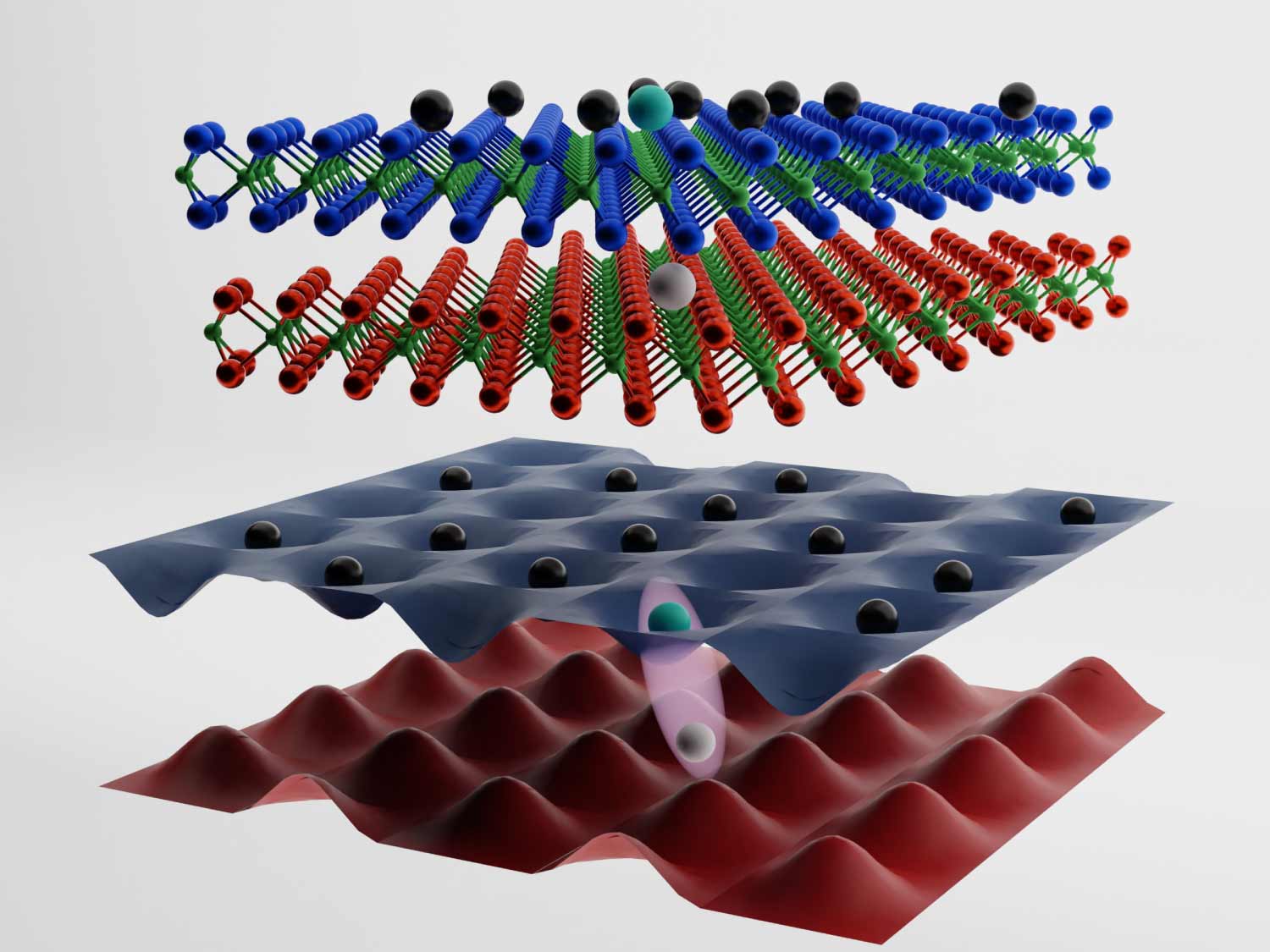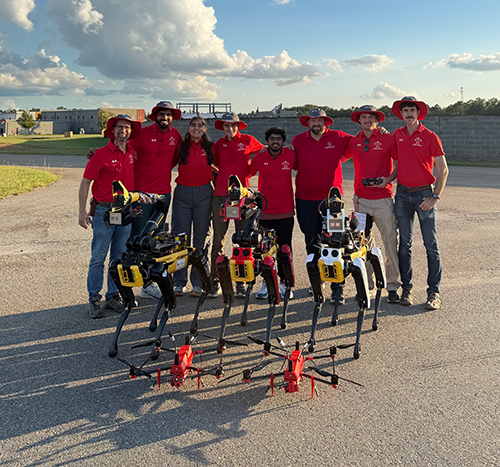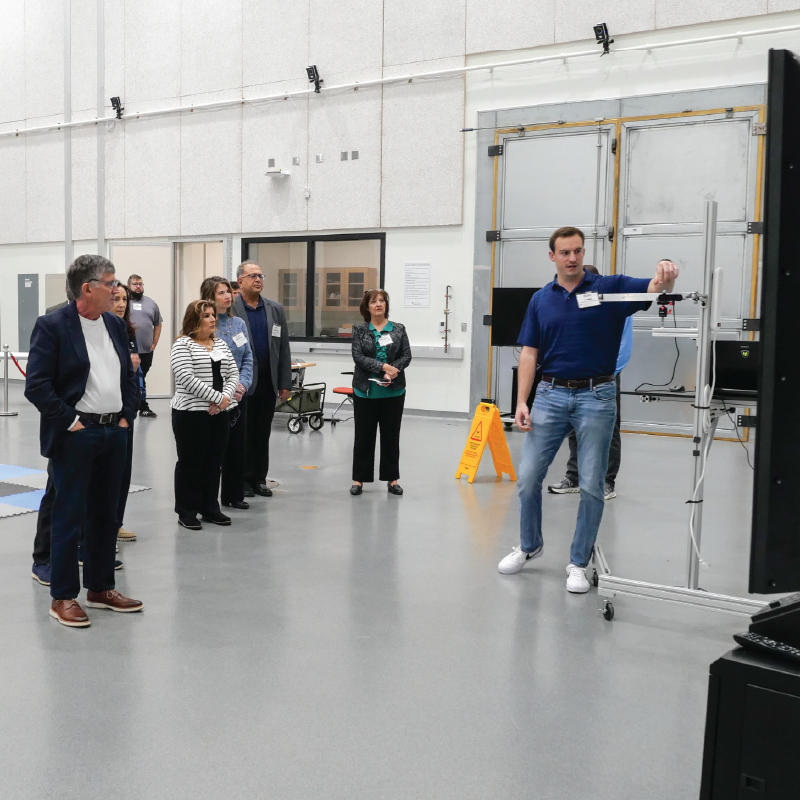News Story
2019 Dean's Doctoral and Master's Student Research Awards
The University of Maryland's A. James Clark School of Engineering has announced the winners of the 2019 Dean’s Doctoral and Master’s Student Research Awards.
Created by Clark School Dean Darryll Pines, the competition recognizes distinguished graduate student researchers in order to help propel their careers and demonstrate the value of high-quality engineering research. Student entries were judged by members of advisory boards in department-level and final college-level competitions. Winners are listed below.
Doctoral Student Research Awards
First Place: Ayan Mallik, Department of Electrical & Computer Engineering
Advisor: Alireza Khaligh, Associate Professor
Project Title: Regulated Transformer Rectifier Unit for More Electric Aircrafts
In order to enhance the flying range and improve the fuel economy of aircraft, pneumatic and hydraulic components are being replaced by electric components with lightweight and efficient solutions in more electric aircrafts (MEA). This research proposes an innovative and transformative solution of developing a highly efficient, ultracompact, lightweight, and reliable silicon carbide (SiC)-based regulated transformer rectifier unit (RTRU) for more electric aircraft. One of the key contributions has been to perform accurate noise modeling for the switching converters by estimating the dominant corner frequencies in the electromagnetic interference (EMI) spectrum and, thus, designing an ultra-high-density EMI filter stage. Being enabled by fundamental and scientific breakthroughs in terms of utilizing cutting-edge wide bandgap semiconductor technology, novel control methodologies, and multi-objective optimization techniques, this research has resulted into an RTRU design that is 35% smaller, 40% lighter, and 8% higher in efficiency.
Second Place: Nicholas Guros, Department of Chemical & Biomolecular Engineering
Advisor: Jeffery Klauda, Associate Professor
Project Title: Advancements in Label-free Biosensing Using Field-effect Transistors and Molecular Dynamics Simulations
Biosensors detect the presence of a physiologically or pathologically significant biomarker with sufficient sensitivity and resolution to indicate the health status of a patient, for example, to detect a biomarker associated with a specific disease or cancer. The advancement of label-free biosensors is a multidisciplinary endeavor that requires development using both experimental and computational methods. Experimentally, field-effect transistors (FETs) were developed to directly transduce the detection of proteins (e.g., streptavidin) to a measurable signal and to indirectly quantify the activity of cyclin-dependent kinase 5 (Cdk5), an enzyme implicated in Alzheimer’s disease, through ultra-sensitive measurements of pH change. Superb FET performance, quantified through electrical characterization comparable to the state-of-the-art, was achieved through the development of several fabrication techniques including a novel forming gas anneal process and the use of ionic liquid gates which yielded quantum capacitance-limited FETs. Computationally, molecular dynamics (MD) simulations were leveraged to predict the effects of immobilizing more complex proteins directly onto the FETs. The results of these MD simulations were used to design subsequent FET measurements that aim to characterize the serotonin receptor 5-HT3 and its role in neurological disorders including depression and PTSD.
Third Place: Divya Patel, Fischell Department of Bioengineering
Advisor: Steven Jay, Assistant Professor
Project Title: Engineering Extracellular Vesicle Production Environments Towards Scalability and Enhanced Therapeutic Potency
Impaired wound healing remains a critical issue in numerous life-threatening diseases, including peripheral arterial disease and diabetes, affecting more than 40 million patients worldwide with an annual cost exceeding $100 billion. Despite significant advancements in the field of regenerative medicine, a clinically viable molecular or cell-based approach remains to be established. Recently, stem cell-derived extracellular vesicles (EVs), nanoscopic lipid bilayer membrane vesicles that contain bioactive cargo, have emerged as a new class of therapeutics. However, their clinical translation is limited by the lack of large-scale exosome biomanufacturing platform. This research uses a perfusion bioreactor system with 3D-printed scaffolds to improve EV production more than a 100-fold compared to conventional EV production systems. The research also incorporates specific mechanical forces and chemical cues such as shear stress and ethanol, respectively, to enhance the wound healing capacity of EVs. In summary, the research outlines a specific culture environment that is suitable for increasing both potency as well as EV biomanufacturing, a first in the field, to enable translation into the clinic.
Master’s Student Research Awards
First Place: Girguis Sedky, Department of Aerospace Engineering
Advisor: Anya Jones, Associate Professor
Project Title: Lift Modeling and Regulation for a Finite Wing during Tansverse Gust Encounters
This work presents an expression for the effective angle of attack of a surging and pitching wing encountering a large-amplitude transverse gust. Based on this expression, a modified Goman-Khrabrov (GK) model for the scenario of a wing encountering a large-amplitude transverse gust is derived. Experiments were carried out in the University of Maryland water towing facility to train the modified GK model, as well as verify its capability of capturing gust encounters at different gust strengths. A GK-based, output feedback controller is then developed to regulate the coefficient of lift of a wing during a transverse gust encounter. Open-loop and closed-loop simulations of a wing-gust encounter are presented, and the control’s design performance is demonstrated.
Second Place: Nathaniel Ferlic, Department of Electrical & Computer Engineering
Advisor: Christopher Davis, Professor
Project Title: Forward Scattering Meter for Visibility Measurements
Atmospheric aerosols, containing water, constitute most of the air during non-ideal weather conditions including fog, haze, and mist. These aerosols cause light to be attenuated while propagating through the atmosphere causing the effective visibility to decrease. The visibility is dependent on the extinction coefficient of the aerosol distribution that can be found using Mie scattering theory. In the case of a real environment a distribution of particle sizes must be considered where the particles present are described by a weighted value relative to the number density. In this project a forward scattering meter is devised that measures the amount of scattered light at a specific forward scattering angle under the assumption that the scattered light is linearly related to the extinction coefficient of different weather conditions. To validate the design, it will be compared against a commercial visibility meter along with using a fog chamber to simulate various weather conditions.
Published May 20, 2019









